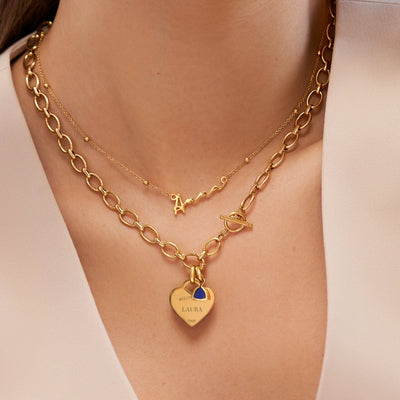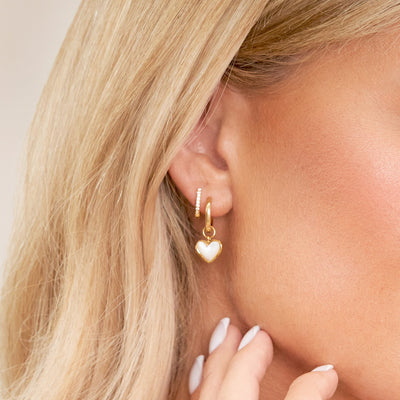Weddings are steeped in tradition, with regional and cultural influences that are personal to every bride and groom. But have you ever wondered where these wedding traditions come from? Why do we toss the bouquet, wear a white dress or exchange rings?
Let’s take a closer look at the origins of some popular wedding traditions that you can add into your special day, even if you’re planning a more modern day.
White wedding dress

The tradition of wearing a white wedding dress dates back to the Victorian era in the Western world. Queen Victoria's choice to wear a white gown for her wedding in 1840 popularised the trend. White was seen as a symbol of purity and wealth, and it quickly became the colour of choice for brides, signifying innocence and a fresh start.
Wedding rings and engagement rings
The exchange of gold rings is an ancient tradition that can be traced back to ancient Egypt. The circle shape of the ring symbolises eternity and the never-ending love between the couple. Ancient Egyptians believed that the ring finger had a direct connection to the heart, making it the perfect place to wear the symbol of commitment. Diamond engagement rings became more popular in the 20th century.
Bouquet toss
The bouquet toss is believed to have originated in ancient Rome. Guests would eagerly grab at the bride's clothing and flowers, hoping to obtain some of her good fortune. To escape the crowd, the bride would toss her bouquet and run away. Over time, the tradition evolved into the bride tossing her bouquet to single female guests, with the belief that the one who catches it will be the next to marry.
Something old, new, borrowed, blue
This popular rhyme comes from an old English tradition meant to bring luck to the bride. "Something old" represents continuity with the bride's past, "something new" symbolises optimism for the future, "something borrowed" is meant to bring good fortune from a happily married friend or family member, and "something blue" symbolises fidelity and love. Personalised jewellery can be a gorgeous “something new” or you can go for some enamel jewellery for your “something blue” to add a cute personal touch to your day.
Wedding cake
The tradition of a wedding cake can be traced back to ancient Rome, where the couple would break a loaf of bread over the bride's head to symbolise fertility and good fortune. Over time, the bread evolved into a stack of small cakes that guests would bring, and eventually, it transformed into the tiered wedding cake we know today.
Cultural influences
Bridal jewellery traditions vary across cultures, each with its own unique symbolism. For example, in Indian weddings, brides often wear intricate gold jewellery, including necklaces, bangles and earrings, representing prosperity and tradition. In Chinese weddings, the bride wears red and gold jewellery, symbolising luck and happiness. Exploring cultural wedding traditions allows couples to embrace their heritage and create a meaningful celebration.

Personalised engravings
Engraved jewellery has never really gone out of style throughout history and has been something that’s happened since ancient times to show connection and meaning. Engraved messages or initials inside wedding bands create a hidden, intimate touch that serves as a constant reminder of commitment and love for one another. It's a beautiful way to add a personal and meaningful touch to the jewellery that will be treasured for a lifetime, and to weave into the story of your relationship.
Throwing rice
Throwing rice at the newlyweds as they exit the ceremony is also a tradition with roots in ancient cultures. Rice was believed to be a symbol of fertility and abundance. In some cultures (and more often) other items like wheat, flower petals or confetti are used to shower the couple with blessings and good wishes. Think about using biodegradable materials if you’re looking to do this as part of your wedding day.
Family heirlooms

Passing down family heirlooms holds deep sentimental value in many cultures. Wearing heirloom jewellery on the wedding day connects the bride or groom to their family's history and traditions. It can be a necklace, earrings or a brooch that has been cherished for generations. Incorporating family heirlooms into the wedding attire adds a beautiful touch of nostalgia and honours the legacy of loved ones.
Wedding traditions have deep historical and cultural significance, and they continue to be cherished and celebrated in modern weddings around the world. From the white wedding dress to the exchange of rings and the bouquet toss, each tradition carries a symbolic meaning that reflects love, luck and unity. Exploring the origins of these traditions adds depth and understanding to the rich tapestry of wedding ceremonies so you can add them into your wedding day and understand the meaning behind them.
Back to blog



